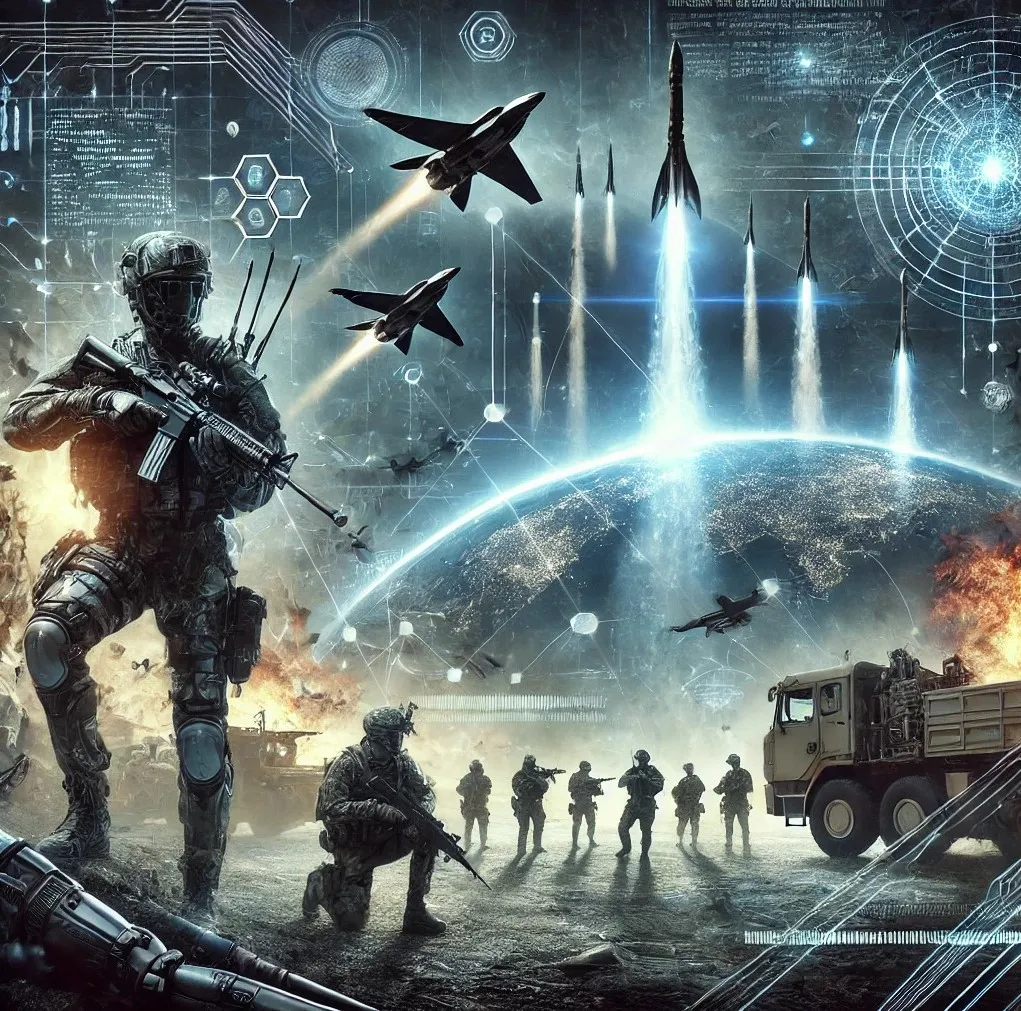The world is entering a new era of warfare, one where low-cost technologies like drones and artificial intelligence (AI) are reshaping global conflict.
According to the newly released Global Peace Index 2025 (GPI 2025), these innovations are accelerating a disturbing trend toward prolonged, unresolved conflicts — often referred to as “forever wars.”
How Technology Is Redefining Modern Warfare
The Global Peace Index 2025 reveals that technological innovation is making war more accessible and more asymmetric.
Particularly through the rise of drone warfare and AI-powered military systems.
These tools are no longer exclusive to superpowers.
Instead, they are increasingly being used by non-state actors, insurgents, and militias — fundamentally altering the dynamics of conflict worldwide.
Ukraine Can Produce 2.5 Million Drones in 2025
In Ukraine, the impact of drone technology is staggering.
Drone attacks have increased over 127-fold since the early stages of the Russia-Ukraine war.
The number of drone manufacturers has surged from just six in 2022 to over 200 by 2024.
In 2025 alone, Ukraine is expected to produce 2.5 million drones, transforming battlefields into high-tech laboratories.
Future drone models, enhanced with artificial intelligence, will operate autonomously — capable of navigating, swarming, and targeting without human control.
These AI drones are ushering in a new chapter in warfare: persistent, decentralized, and difficult to counter using conventional strategies.
The Cost Advantage That’s Changing the Balance of Power
One of the most destabilizing features of modern conflict technology is affordability.
Drones and improvised explosive devices (IEDs) costing a few hundred dollars can destroy military equipment worth millions.
This cost disparity has leveled the playing field, empowering less-resourced actors to challenge national armies with disruptive force.
This technology-fueled asymmetry is contributing to the global rise in intractable conflicts.
Global Peace Index 2025 reports that the number of active state-based conflicts has reached 59, the highest since World War II.
Moreover, 78 countries were involved in conflicts beyond their borders in 2024 — an alarming trend driven in part by the international spread of military-grade technology.

Why Today’s Wars Are Harder to End
Modern wars are not only more frequent but also increasingly difficult to resolve.
Global Peace Index highlights a significant decline in the rate of decisive victories and successful peace agreements.
In the 1970s, nearly half of all conflicts ended in clear military wins.
By the 2010s, that number had dropped to just 9 percent, while peace agreements resolved only 4 percent of conflicts.
As conflict becomes more fragmented and decentralized, especially with drone and AI technologies spreading in fragile states, such as those in the Middle East and South Asia — the international community faces a major challenge in conflict resolution and peacekeeping.
Global Peace Index 2025 Talks About the Cost of Violence
The economic impact of violence reached $19.97 trillion in 2024, equivalent to 11.6% of global GDP, according to the GPI 2025.
Military spending also hit a record $2.7 trillion, while peacebuilding investments continue to decline, making up just 0.52% of global military expenditure.
This imbalance highlights a global policy failure: low-cost technologies provoke high-cost military responses, draining public funds and undermining investment in healthcare, education, and social services.
In Western democracies, this spending gap is also fueling political polarization and long-term instability.
Global Peace Index 2025 Study on Ukraine
Ukraine has emerged as a global center for drone innovation and deployment.
The country has fully integrated drones into its military operations — for surveillance, precision attacks, and strategic disruption.
Despite severe challenges and a deteriorating militarization index (ranking 160th globally), Ukraine exemplifies how warfare is evolving to rely on low-cost, high-tech tools.
However, the spread of such capabilities to less accountable or unstable regimes raises serious concerns about the future of international security.
Drone Proliferation Threatens Fragile States
In fragile regions with weak governance and porous borders, drones can escalate civil conflict, empower transnational crime, and undermine humanitarian operations.
The Global Peace Index 2025 warns that nations like South Sudan, Ethiopia, Syria, and the Democratic Republic of the Congo are particularly vulnerable to tech-driven conflict escalation.
Rethinking Peacebuilding in the Age of AI and Drones
As warfare becomes more decentralized and technology-driven, peacebuilding efforts must evolve accordingly. The Global Peace Index 2025 calls for:
- Stronger regulations on drone and AI weapon proliferation
- Increased investment in Positive Peace — the institutions, attitudes, and structures that sustain long-term peace
- Anticipating new forms of conflict and crafting adaptive peace strategies
- Rebalancing national budgets to support conflict prevention and diplomacy
Though Positive Peace indicators improved from 2009 to 2019, they’ve since deteriorated — even in historically stable regions like North America and Europe.
Without renewed focus, peacefulness across the globe is at risk of further decline.
Global Peace Index 2025 Calls for Urgent Action
The Global Peace Index 2025 paints a sobering picture of the future of warfare.
The rapid proliferation of drone warfare, AI combat tools, and asymmetric conflict strategies is transforming global security.
These trends demand urgent action, not just from governments but from international coalitions and peacebuilding institutions.
If conflict is evolving, so too must the tools for peace.
That means investing in resilient institutions, anticipating emerging threats, and ensuring technology serves humanity — not destabilization.


